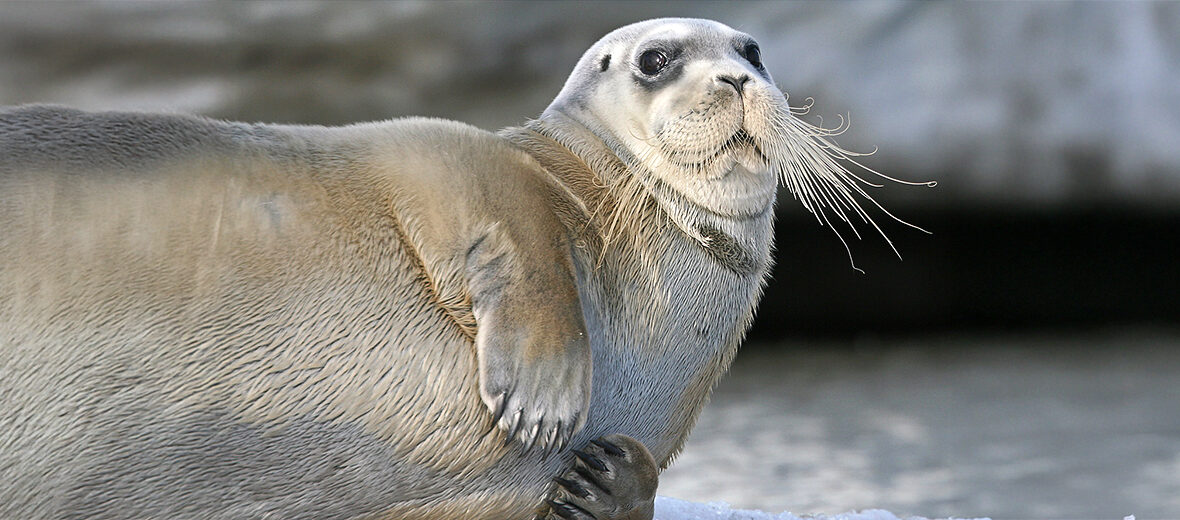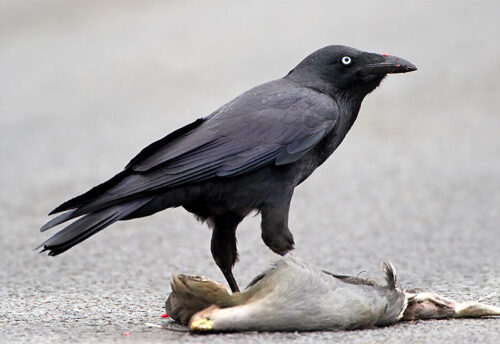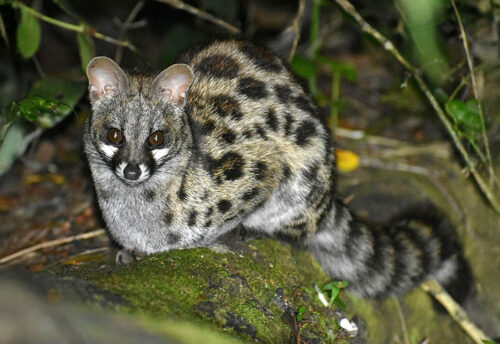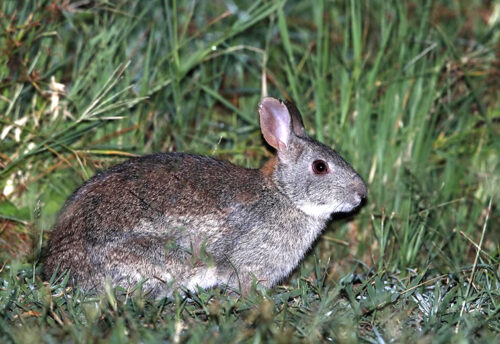
The bearded seal, aka square flipper seal, gets its name from 2 Greek words (eri & gnathos) that refer to its heavy jaw. These seals are widely distributed throughout the northern hemisphere in the Arctic Ocean. They can be found off the coasts of Alaska, Canada, Greenland, Iceland, northern Europe, and northern & northeastern Asia. Having such a wide distribution can have its drawbacks though. They face the threats of overfishing; overharvesting; bycatch (getting caught in fishing nets and long lines); pollution, in the form of general water pollutants and microplastics; and climate change that can cause the warming of water which can affect their prey and its breeding. The IUCN lists these seals as Least Concern, but their population trend is listed as unknown.
First the Stats…
Scientific name: Erignathus barbatus
Weight: Up to 948 lbs.
Length: Up to 8.9 feet
Lifespan: Up to 31 years
Now on to the Facts!
1.) Their whiskers, when dry, curl quite nicely, giving them the look of having an actual beard.
2.) These seals are the largest northern phocid (earless seal).
3.) Bearded seals are unique in that they are considered an intermediate. They belong to the family Phocidae which contains 2 subfamilies: Phocinae & Monachinae. However, the bearded seal possesses characteristics of both of these subfamilies.
4.) In 2002, fossil records showed that during the Pleistocene epoch, these seals ranged as far south as what is now known as South Carolina.
5.) Bearded seals, accompanied by ringed seals, are a major food source for polar bears.
But wait, there’s more on the bearded seal!
6.) An important food source for the Inuit people, they also call these seals ugjuk, oogrook, or oogruk.
7.) Their body fat percentage is up to 40%.
Did you know…?
Juveniles like to dive deeper than adults at up to 1,480 feet, compared to the adult dive depth of up to 980 feet. This is chocked up to experience and hunting skills.
8.) Various clams, squid, fish, anemones, and sea cucumbers are all on the menu.
9.) Females give birth in the spring to a single pup after up to an 11 month gestation (pregnancy).
10.) Mothers tend to their pups for up to 24 days, at which time they are weaned and eating solid food; preying on their own.
But wait, there’s still more on the bearded seal!
11.) By the time they are weaned, pups weigh in at up to 220 lbs.
12.) During the mating season, males will “sing”, producing a long-drawn-out warbling note that finishes in a sort of moan or sigh. This sound might be utilized in attracting females, or may be used by the males to claim their territory or their readiness for breeding.
Did you know…?
Bearded seals are protected under the Marine Mammal Protection Act.
13.) Sounds produced by these seals are trills, moans, and sweeps. A sweep is compared to a short trill.
14.) These seals are diurnal (active during the day).
15.) Pinnipeds are thought to have originated 27 – 25 million years ago during the late Oligocene period. A hypothesis for the evolution of pinnipeds is that they are a diphyletic group and otariids and odobenids are more closely related to bears, and phocids are more closely related to weasels.
Now a Short Bearded Seal Video!
Be sure to share & comment below! Also, check out the Critter Science YouTube channel. Videos added regularly!

Want to suggest a critter for me to write about? Let me know here.
Some source material acquired from: Wikipedia & IUCN
Photo credit: Michael Haferkamp



